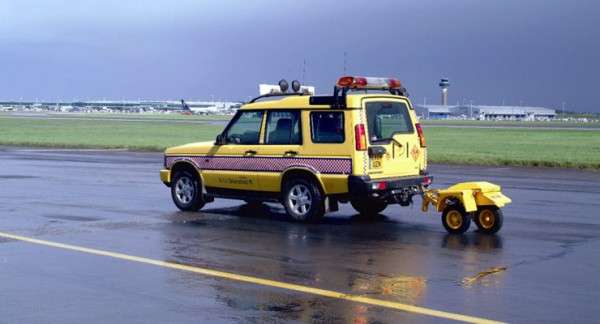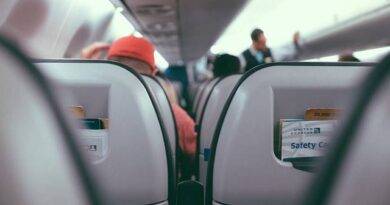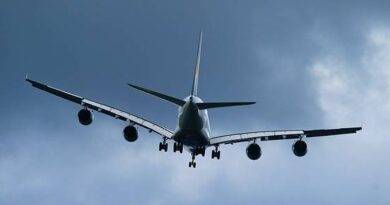Runway Friction Measurement Systems (RFMS)
Runway Friction Measurement Systems (RFMS) are critical tools in aviation safety, designed to assess the friction characteristics of runway surfaces. By accurately measuring the grip between aircraft tires and the runway, RFMS help prevent accidents caused by inadequate braking performance, especially under adverse weather conditions.
What Is Runway Friction and Why Does It Matter?
Runway friction refers to the resistance encountered by an aircraft’s tires when moving across the runway surface. Adequate friction is essential for effective braking during landing and for preventing skidding or hydroplaning in wet or icy conditions. Insufficient friction can lead to runway excursions, posing significant risks to passengers and aircraft.
How Is Runway Friction Measured?
Runway friction is quantified using specialized equipment that simulates aircraft tire interactions with the runway surface. These measurements provide a coefficient of friction (CoF) value, indicating the level of grip available. Regular assessments are vital for maintaining runway safety standards and for informing pilots and ground crews about current surface conditions.

Types of Runway Friction Measurement Systems
Various RFMS technologies are employed worldwide, each with unique features:
- Continuous Friction Measuring Equipment (CFME): These devices, such as the Dynatest Runway Friction Tester, provide real-time friction data by continuously measuring the runway surface as they move along it.
- Surface Friction Testers: Instruments like Haisen’s BHM01/02 Surface Friction Tester assess the friction coefficient by simulating tire movements under controlled conditions.
- GripTester: A portable device that measures runway friction levels, particularly useful for assessing the effectiveness of surface treatments like shotblasting.
Regulatory Standards and Guidelines
International aviation authorities have established guidelines for runway friction assessment:
- International Civil Aviation Organization (ICAO): Recommends regular friction testing and sets minimum friction levels for safe operations.
- Federal Aviation Administration (FAA): Provides standards for friction measurement equipment and procedures in the U.S.
- European Union Aviation Safety Agency (EASA): Offers directives on friction measurement and maintenance practices within the EU.
Compliance with these standards ensures consistency and safety across global aviation operations.
Importance of Regular Friction Testing
Routine friction assessments are crucial for:
- Safety Assurance: Identifying low-friction areas that could compromise aircraft braking.
- Maintenance Planning: Informing runway maintenance schedules to address surface wear or contamination.
- Operational Efficiency: Providing pilots with accurate runway condition reports for informed decision-making.
By proactively monitoring friction levels, airports can mitigate risks associated with adverse weather and surface degradation.
Recommended Article: What is RESA (Runway End Safety Area)? ICAO Standards and Its Critical Importance
Conclusion
Runway Friction Measurement Systems are indispensable for maintaining the safety and efficiency of airport operations. Through precise measurement and adherence to international standards, RFMS play a vital role in preventing accidents and ensuring smooth aircraft landings and takeoffs. As aviation continues to evolve, the importance of accurate runway friction assessment remains a cornerstone of flight safety.
References and Further Reading:
- https://www.researchgate.net/publication/352730662_Techniques_and_Methods_for_Runway_Friction_Measurement_A_Review_of_State-of-the-Art
- https://www.aimil.com/blog/the-key-role-of-airport-runway-maintenance-in-safety-with-runway-friction-tester/
- https://www.haisenglobal.com/blog/best-friction-quality-test-methods-airport-runway
- https://www.thetranstecgroup.com/resources/case-studies/griptester-measuring-airport-runway-friction-levels/


